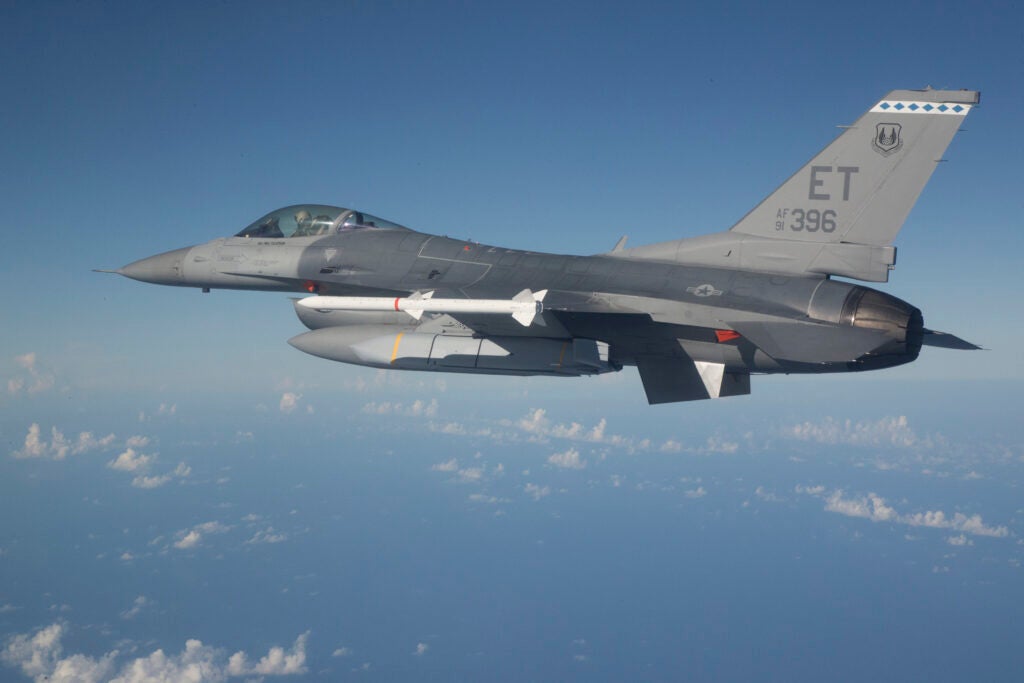JASSM-XR Unveiled By Lockheed Martin
Lockheed Martin recently unveiled another product in the AGM-158 family – the Joint Air-to-Surface Standoff Missile-Extreme Range (JASSM-XR), a formidable new variant. This next-generation missile is designed to significantly enhance the U.S. military’s ability to engage high-value, heavily defended targets from considerable distances. Building on the capabilities of the JASSM and JASSM-ER, the JASSM-XR is set significantly extend the JASSM’s operational range.
The JASSM-XR is expected to offer a range of over 1,000 nautical miles, an increase of nearly 50% over its predecessor, the JASSM-ER, which already boasts a range of around 600 nautical miles. This extended reach allows the missile to be launched from safer stand-off distances, keeping aircraft and personnel out of harm’s way. This greater stand-off engagement range provides the U.S. military with the flexibility to strike high-priority targets deep within enemy territory, including fortified installations, command and control centers, and surface-to-air missile sites.
Lockheed Martin has integrated advanced stealth technology and precision guidance systems into the JASSM-XR to improve its ability to penetrate sophisticated air defenses. The missile’s low-observable design minimizes its radar signature, reducing the likelihood of detection by enemy defense systems. Its guidance system, incorporating GPS and an advanced infrared seeker, allows the missile to strike targets with exceptional accuracy, even in GPS-denied environments. In the changing dynamics of war, where radio-electronic war assets are increasing in numbers, this is a crucial factor for raising the probability of a successful mission.

One of the key challenges in modern warfare is countering highly advanced Integrated Air Defense Systems (IADS). These systems, designed to detect and destroy incoming threats, have become increasingly sophisticated, requiring missiles like the JASSM-XR to adapt to ensure successful strikes. The JASSM-XR’s stealthy profile, combined with its ability to fly at low altitudes and evade enemy radar, significantly enhances its survivability in hostile environments.
The missile is also expected to feature a larger warhead, designed to neutralize hardened and deeply buried targets. This capability is crucial in scenarios where enemies protect critical assets in fortified bunkers or underground facilities. The larger payload and enhanced penetration abilities ensure that the JASSM-XR can defeat heavily armored targets, expanding its utility across a broad spectrum of military operations, and making it a versatile combat asset.
Another key aspect of the JASSM-XR is its modular design, which provides flexibility for future upgrades. Lockheed Martin has emphasized that this missile is designed to evolve with technological advancements. This means that over its operational life, the JASSM-XR can integrate new technologies in areas such as propulsion, guidance, and payloads. This modularity ensures that the missile remains relevant in the face of constantly changing threats.
The development and introduction of JASSM-XR comes as potential adversaries are investing heavily in advanced air defenses. The number of JASSM users is increasing with the missile’s export potential growing as well. The integration of previous AGM-158 variants with fighter jet platforms such as F-16 and F-35 makes it compatible and interesting option for numerous NATO countries, US-aligned nations and Taiwan.

